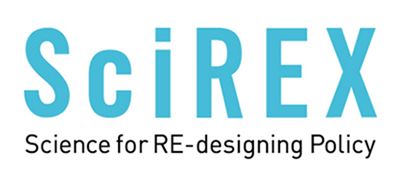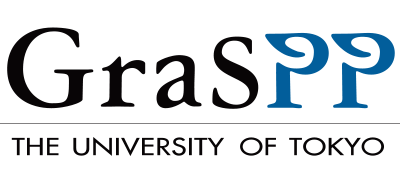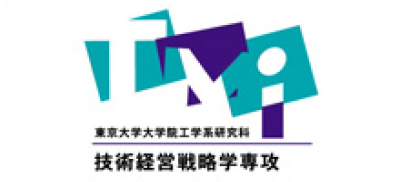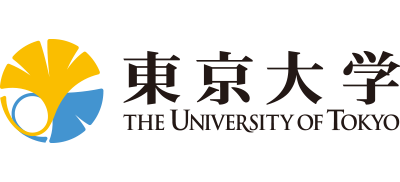Developing Specialists Bridging Science and Technology, Policy, and Society
Educational Track Record and Future Vision

Launched in FY2013, the Science, Technology and Innovation Governance (STIG) Program is aimed at developing specialists with in-depth knowledge about policymaking processes, and the evidence-building methods needed for drafting and implementing science, technology, and innovation (STI) policies. Below are examples of our educational track record, as well as our future vision and areas of focus.
1.Evidence and Processes
—— Founding principles of STIG and our history
In 2011, the Ministry of Education, Culture, Sports, Science and Technology (MEXT) launched the Science for REdesigning Science, Technology and Innovation Policy (SciREX) Program. SciREX(https://scirex.grips.ac.jp/) combines research on the science of policymaking with educational efforts in STI policy, aiming to promote policymaking based on objective evidence.
The establishment of SciREX was brought about by the widespread recognition of the need to create, approve, and implement evidence-based policies in a rational manner, in light of the rapid advancement of science and technology in all fields, and the overwhelming impact of innovation across all of society.
Furthermore, there has been a push to reevaluate the Japanese government’s budget to ensure greater accountability and transparency to the public, and that the allocation of the budget is in line with actual needs. In that vein, there is a growing awareness in educational institutions as well of the need to conduct thorough, evidence-based assessments.
Evidence and evidence-building methods are an important pillar of the STIG Program, and we look at evidence from a broad perspective, focusing not only on quantitative evidence, but also qualitative evidence. At the same time, recognizing the importance of policymaking processes, we have also positioned the study of empirical methods as another pillar of our program. Thus, evidence and processes are at the heart of STIG.
2.A Diverse, Interdisciplinary Environment, where Students with Different Specializations Study Side by Side
—— Distinctive and attractive curriculum
❖ An exceptionally wide range of courses for students to choose from
The STIG curriculum comprises a required joint seminar, required electives, and additional electives. The core of the program is Case Study (Science, Technology, and Innovation Policy), a joint seminar that takes a comprehensive birds-eye view of STI policy and governance, and is designed to help future policy practitioners develop academic mindsets and approaches. The joint seminar is overseen by a team of lecturers with expertise across a vast array of fields, from public policy and economics to management and engineering. The first half of the seminar series focuses on introductory lectures that provide students with an overview of STI policy, while the latter half is centered on group activities.
Besides the mandatory joint seminar, students can choose from a range of basic courses, applied courses, and field-specific research courses to build a broad knowledge base and skill set in areas such as policymaking processes and systems, and evidence-building approaches. We also offer several courses in natural-science fields, including space, ocean science, medicine, global healthcare, public health, and energy, that are specially tailored to the STIG Program, allowing students to earn credits studying a curriculum that is tailor-made to their particular interests.
❖ Discovering new insights and perspectives through group activities and discussion
A key aspect of the joint seminar is group activities involving various approaches based on each professor’s own background. For example, in FY2020, a year that saw many classes shift online, one major theme was the technological developments that have been accelerated by the COVID-19 pandemic, including AR and VR tools supporting online meetings, non-contact remote-control technologies, and tracing technologies. Students evaluated these technologies from policy and economic perspectives, and tried to design business models around their use.
We also strive to ensure that all groups have a mix of students from different specializations. Moreover, in recent years, we have steadily increased the number of international students, who have helped to add a multinational, multicultural dimension to the discussions. In this way, we ensure that students can enjoy a diverse and interdisciplinary learning environment.
Courses other than the joint seminar also offer a variety of learning methods, including group activities, interactive discussions, and scenario planning. In regular graduate school programs, students rarely have the opportunity to interact with those outside their own discipline, but STIG and its approaches help to connect students from different specializations. In fact, these connections often extend beyond the classroom and remain strong even after students complete the program. Many students have praised STIG for encouraging interdisciplinary communication and helping students discover new perspectives. Similarly, an important aspect of the program is that we do not limit ourselves to one-way instruction, from professor to student, but we also offer opportunities for students to interact with and learn from each other.



